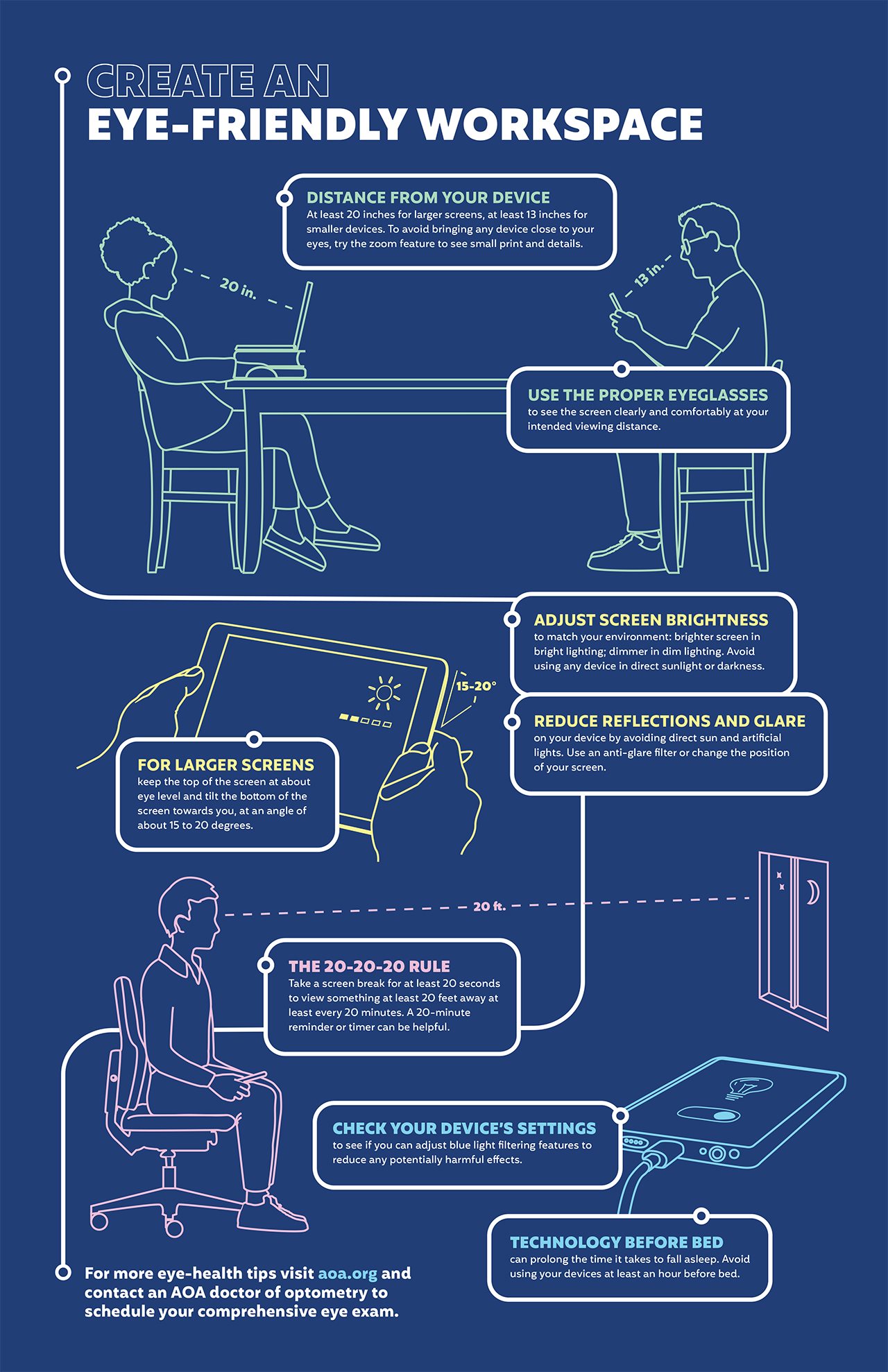2022-12-15T08:01:00
(BPT) – By Sarah Carlson
Imagine working, doing your job as usual, and suddenly losing control of your voice and body and eventually falling unconscious. That’s what happened to me. I can barely remember the ride in the ambulance, and it was only once I was at the ER that I realized I had a seizure.
In 2008, I was working as a news anchor in Madison, WI, when I started to feel something wasn’t right. I felt off both on air and throughout my day and desperately searched for answers from my doctors. I was finally diagnosed with simple partial seizures. My initial seizures were mild, making me feel confused or dizzy when reading the teleprompter, but I assumed we’d find an answer or adequate medication treatment. I was already fighting hard to find answers and the right treatment option for my seizures when I experienced a more severe seizure causing me to speak nonsense on air during a live news segment. This public seizure, and the online reactions it received, coupled with my multiple seizures a day, led me to double down on my efforts to find the right treatment option to control my epilepsy.
Because my seizure symptoms were not severe, it took a long time for doctors to find the medicine that would work with my epilepsy. I quickly learned that people who don’t find medicine that works for their epilepsy are categorized as the one-third or more of patients who never find one. My doctors eventually discovered that I had been living with a brain tumor and I was told that it was one factor causing my seizures. They were luckily able to remove it, but my journey with epilepsy didn’t end there. Just like many other people living with epilepsy, my seizures continued and changed the course of my career and the rest of my life.
Living with epilepsy
I’ve learned that not all seizures are the same. With some, I experienced minor symptoms, like confusion. However, others were more severe, causing me to seize on-air during a live broadcast where I spoke “gibberish”. Afterward, I found out a clip of my seizure had gone viral, a constant reminder of a shocking and horrible experience in which I had no control over my body. It was shortly after this that my doctors recognized my seizures had worsened and I had to give up my career in TV news.
For those living with epilepsy like I do, symptoms can vary from person to person and seizure to seizure. When I used to think of someone having a seizure, I pictured someone on the floor convulsing wildly and eventually losing consciousness. I’ve learned since my diagnosis, and from others with epilepsy, that some people may experience a seizure and sometimes the only signs are confusion, staring and stiff muscles.
To me, the scariest part of living with epilepsy is the lack of control I have on my health and the unknown moment when my invisible disease will strike. When will I have another seizure? What’s causing them? How can I live my life in this condition? It’s the uncertainty of this disease and unknowns of treatment that can put a pause on living your life.
Even after diagnosis, my journey to getting my seizures under control was long and frustrating. While doctors prescribed several medications, they weren’t working well enough to control my symptoms. My condition, and the seizures I experienced, were so unmanageable that I was forced to cut my career short and retire as a news anchor – something I had worked my entire life to pursue. My diagnosis with epilepsy and my seizures stole my career and prevented me from doing everyday activities like driving and running alone, one of my favorite things to do.
A path to treatment
In the U.S. alone, there are 3.4 million people, just like me, living with epilepsy and 60-70% have no known cause. Despite the number of people living with this neurological condition and more than 30 available epilepsy treatments, many epilepsy patients have issues managing their seizures.
It wasn’t until I met Dr. Michael Smith that I regained hope. He was determined to help me manage my seizures. He recommended that I begin taking Xcopri (cenobamate tablets) CV in 2020, a newer medication at the time, that he hoped would help to better manage the frequency of my seizures with the ultimate goal of stopping my seizures.
As of today, I am seizure-free. Fortunately, as a result of being seizure-free, I’m now able to drive again, and I’m back to running. While I could go back to TV journalism, that part of my life is over. Instead, I’ve started using my talents for writing and telling others’ stories to advocate for those with epilepsy, in addition to working full-time again in a new career and industry. By sharing the hope and inspiration that I have learned from my journey, I’ve discovered that having epilepsy does not mean you cannot live your life. My doctor helped me regain my independence and he listened to the things I love to do and helped me find the right treatments to get there. It is my hope that those with epilepsy will work with their doctors to have the same experience.
If you are an adult with partial-onset seizures, know you are not alone in your fight for zero seizures. Speak with your healthcare provider to learn if XCOPRI® is the right treatment for you.
Sarah is a real patient and is acting on behalf of SK Life Science, Inc.
For more information about XCOPRI®, please visit https://www.xcopri.com/.
IMPORTANT SAFETY INFORMATION AND INDICATION FOR XCOPRI (cenobamate tablets) CV
DO NOT TAKE XCOPRI IF YOU:
- Are allergic to cenobamate or any of the other ingredients in XCOPRI.
- Have a genetic problem (called Familial Short QT syndrome) that affects the electrical system of the heart.
XCOPRI CAN CAUSE SERIOUS SIDE EFFECTS, INCLUDING:
Allergic reactions: XCOPRI can cause serious skin rash or other serious allergic reactions which may affect organs and other parts of your body like the liver or blood cells. You may or may not have a rash with these types of reactions. Call your healthcare provider right away and go to the nearest emergency room if you have any of the following: swelling of your face, eyes, lips, or tongue, trouble swallowing or breathing, a skin rash, hives, fever, swollen glands, or sore throat that does not go away or comes and goes, painful sores in the mouth or around your eyes, yellowing of your skin or eyes, unusual bruising or bleeding, severe fatigue or weakness, severe muscle pain, frequent infections, or infections that do not go away. Take XCOPRI exactly as your healthcare provider tells you to take it. It is very important to increase your dose of XCOPRI slowly, as instructed by your healthcare provider.
QT shortening: XCOPRI may cause problems with the electrical system of the heart (QT shortening). Call your healthcare provider if you have symptoms of QT shortening including fast heartbeat (heart palpitations) that last a long time or fainting.
Suicidal behavior and ideation: Antiepileptic drugs, including XCOPRI, may cause suicidal thoughts or actions in a very small number of people, about 1 in 500. Call your health care provider right away if you have any of the following symptoms, especially if they are new, worse, or worry you: thoughts about suicide or dying; attempting to commit suicide; new or worse depression, anxiety, or irritability; feeling agitated or restless; panic attacks; trouble sleeping (insomnia); acting aggressive; being angry or violent; acting on dangerous impulses; an extreme increase in activity and talking (mania); or other unusual changes in behavior or mood.
Nervous system problems: XCOPRI may cause problems that affect your nervous system. Symptoms of nervous system problems include: dizziness, trouble walking or with coordination, feeling sleepy and tired, trouble concentrating, remembering, and thinking clearly, and vision problems. Do not drive, operate heavy machinery, or do other dangerous activities until you know how XCOPRI affects you.
Do not drink alcohol or take other medicines that can make you sleepy or dizzy while taking XCOPRI without first talking to your healthcare provider.
DISCONTINUATION:
Do not stop taking XCOPRI without first talking to your healthcare provider. Stopping XCOPRI suddenly can cause serious problems. Stopping seizure medicine suddenly in a patient who has epilepsy can cause seizures that will not stop (status epilepticus).
DRUG INTERACTIONS:
XCOPRI may affect the way other medicines work, and other medicines may affect how XCOPRI works. Do not start or stop other medicines without talking to your healthcare provider. Tell healthcare providers about all the medicines you take, including prescription and over-the-counter medicines, vitamins and herbal supplements.
PREGNANCY AND LACTATION:
XCOPRI may cause your birth control medicine to be less effective. Talk to your health care provider about the best birth control method to use.
Talk to your health care provider if you are pregnant or plan to become pregnant. It is not known if XCOPRI will harm your unborn baby. Tell your healthcare provider right away if you become pregnant while taking XCOPRI. You and your healthcare provider will decide if you should take XCOPRI while you are pregnant. If you become pregnant while taking XCOPRI, talk to your healthcare provider about registering with the North American Antiepileptic Drug (NAAED) Pregnancy Registry. The purpose of this registry is to collect information about the safety of antiepileptic medicine during pregnancy. You can enroll in this registry by calling 1-888-233-2334 or go to www.aedpregnancyregistry.org.
Talk to your health care provider if you are breastfeeding or plan to breastfeed. It is not known if XCOPRI passes into breastmilk. Talk to your healthcare provider about the best way to feed your baby while taking XCOPRI.
COMMON SIDE EFFECTS:
The most common side effects in patients taking XCOPRI include dizziness, sleepiness, headache, double vision, and feeling tired.
These are not all the possible side effects of XCOPRI. Tell your healthcare provider if you have any side effect that bothers you or that does not go away. For more information, ask your healthcare provider or pharmacist. Call your doctor for medical advice about side effects. You may report side effects to FDA at 1-800-FDA-1088 or at www.fda.gov/medwatch.
DRUG ABUSE:
XCOPRI is a federally controlled substance (CV) because it can be abused or lead to dependence. Keep XCOPRI in a safe place to prevent misuse and abuse. Selling or giving away XCOPRI may harm others and is against the law.
INDICATION:
XCOPRI is a prescription medicine used to treat partial-onset seizures in adults 18 years of age and older.
It is not known if XCOPRI is safe and effective in children under 18 years of age.
Please see additional patient information in the Medication Guide. This information does not take the place of talking with your healthcare provider about your condition or your treatment.
Please see full Prescribing Information and Medication Guide.












